Heinrich Niemann
FORWISS and Institute of Computer Science, University of Erlangen
Modelling Users, Intentions, and Structure in Spoken Dialog
Sep 17, 1998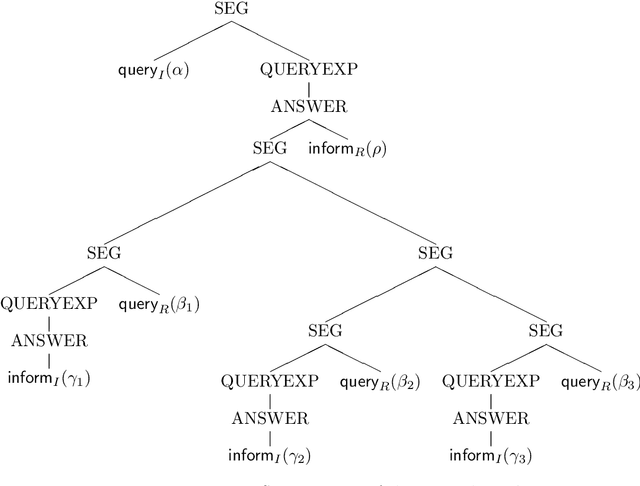
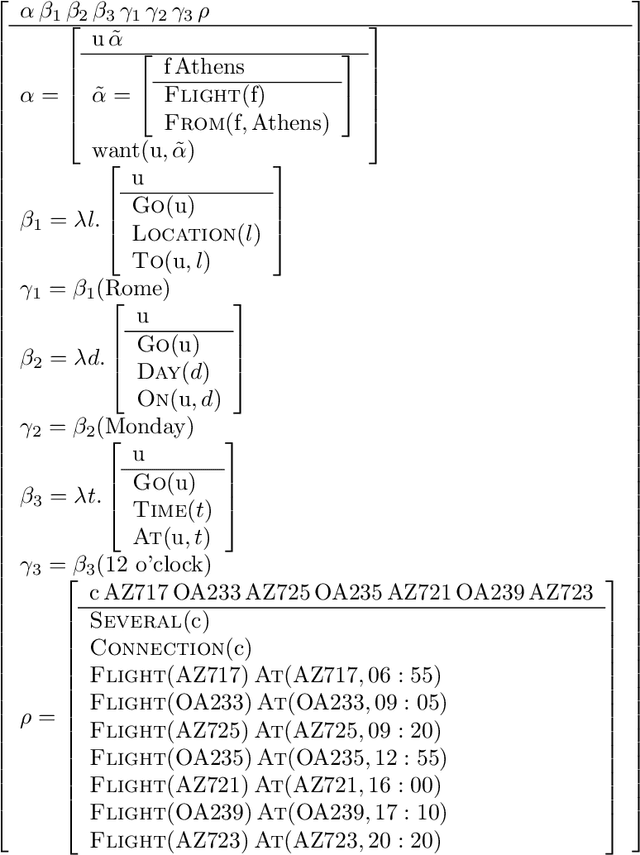
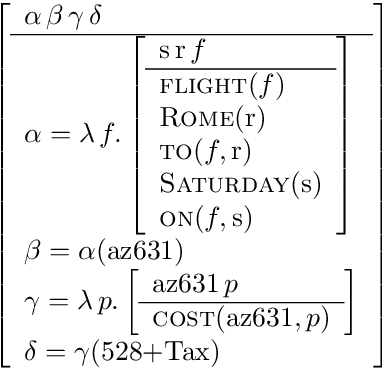
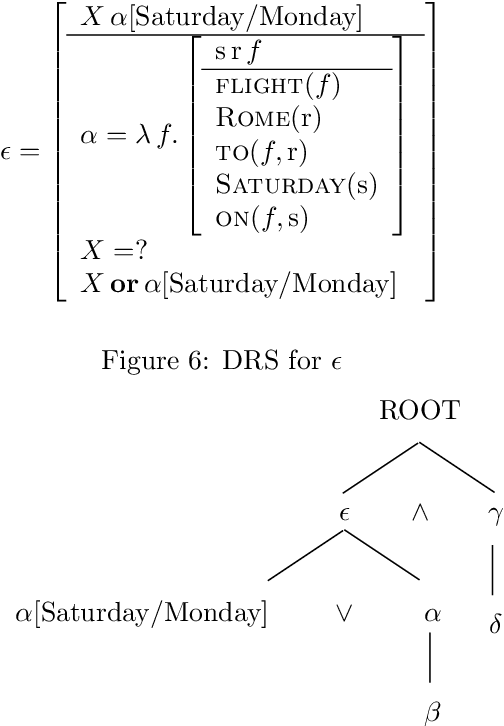
Abstract:We outline how utterances in dialogs can be interpreted using a partial first order logic. We exploit the capability of this logic to talk about the truth status of formulae to define a notion of coherence between utterances and explain how this coherence relation can serve for the construction of AND/OR trees that represent the segmentation of the dialog. In a BDI model we formalize basic assumptions about dialog and cooperative behaviour of participants. These assumptions provide a basis for inferring speech acts from coherence relations between utterances and attitudes of dialog participants. Speech acts prove to be useful for determining dialog segments defined on the notion of completing expectations of dialog participants. Finally, we sketch how explicit segmentation signalled by cue phrases and performatives is covered by our dialog model.
Combining Expression and Content in Domains for Dialog Managers
Aug 13, 1998Abstract:We present work in progress on abstracting dialog managers from their domain in order to implement a dialog manager development tool which takes (among other data) a domain description as input and delivers a new dialog manager for the described domain as output. Thereby we will focus on two topics; firstly, the construction of domain descriptions with description logics and secondly, the interpretation of utterances in a given domain.
* 5 pages, uses conference.sty
Semantic Processing of Out-Of-Vocabulary Words in a Spoken Dialogue System
Sep 17, 1997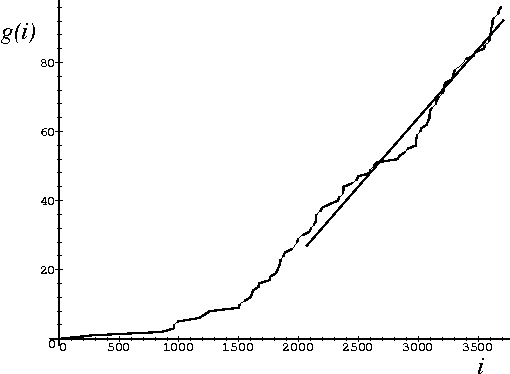

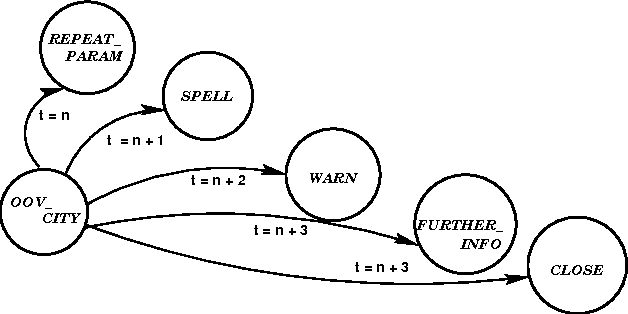
Abstract:One of the most important causes of failure in spoken dialogue systems is usually neglected: the problem of words that are not covered by the system's vocabulary (out-of-vocabulary or OOV words). In this paper a methodology is described for the detection, classification and processing of OOV words in an automatic train timetable information system. The various extensions that had to be effected on the different modules of the system are reported, resulting in the design of appropriate dialogue strategies, as are encouraging evaluation results on the new versions of the word recogniser and the linguistic processor.
* 4 pages, 2 eps figures, requires LaTeX2e, uses eurospeech.sty and epsfig
 Add to Chrome
Add to Chrome Add to Firefox
Add to Firefox Add to Edge
Add to Edge